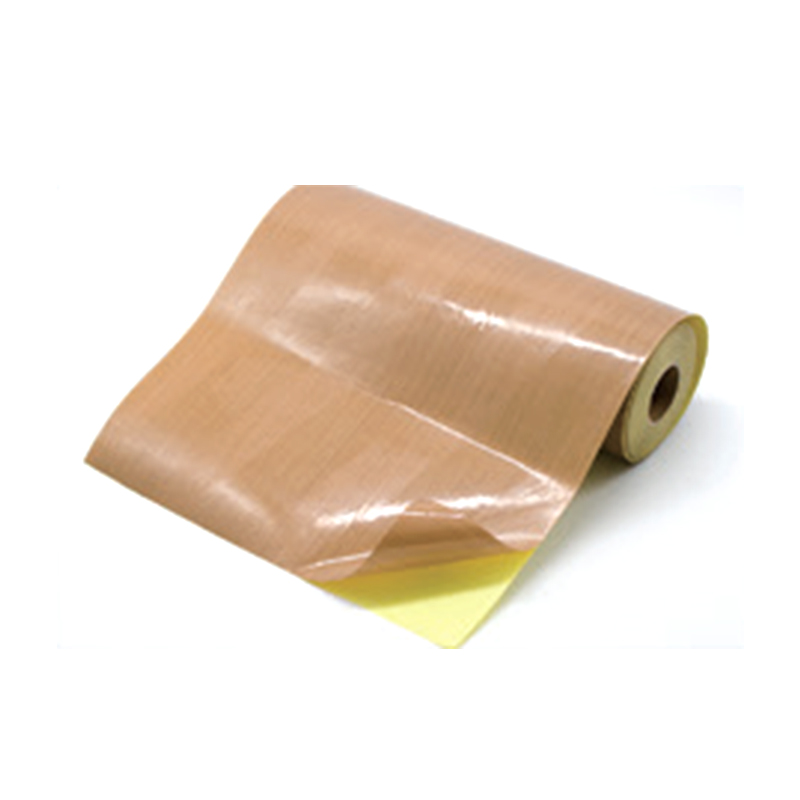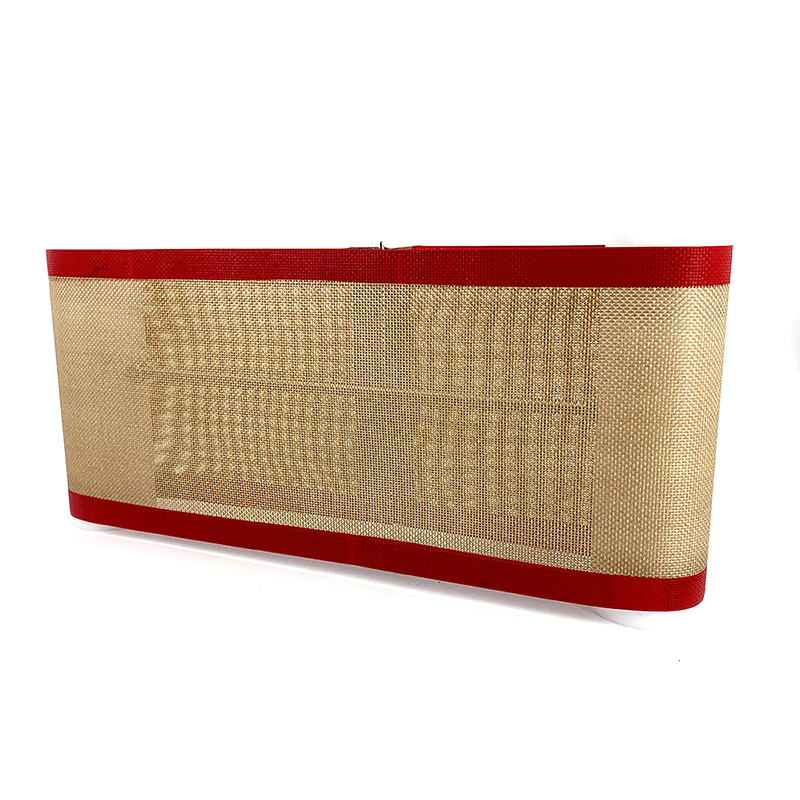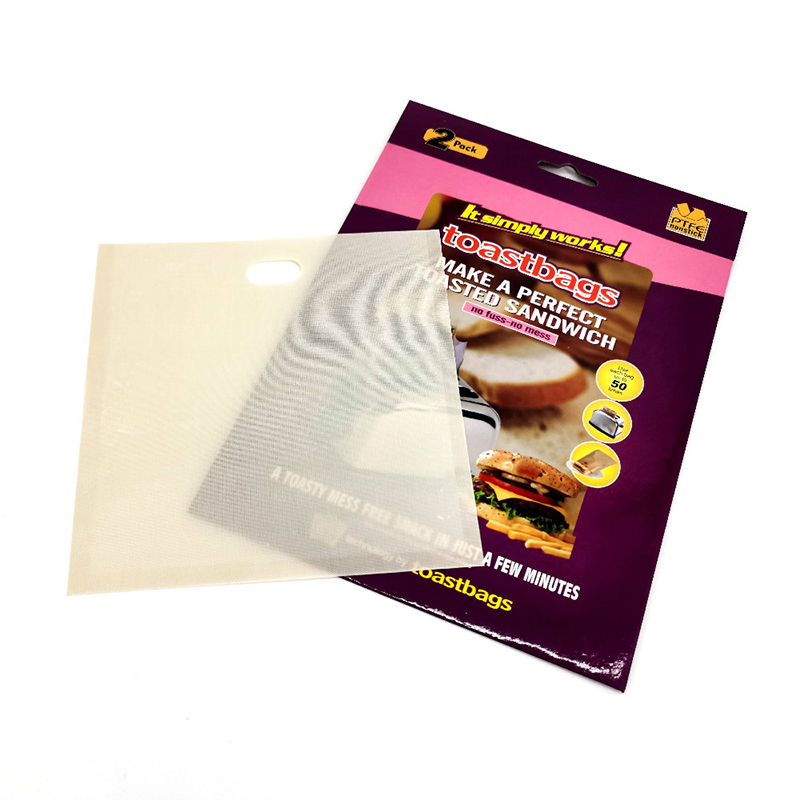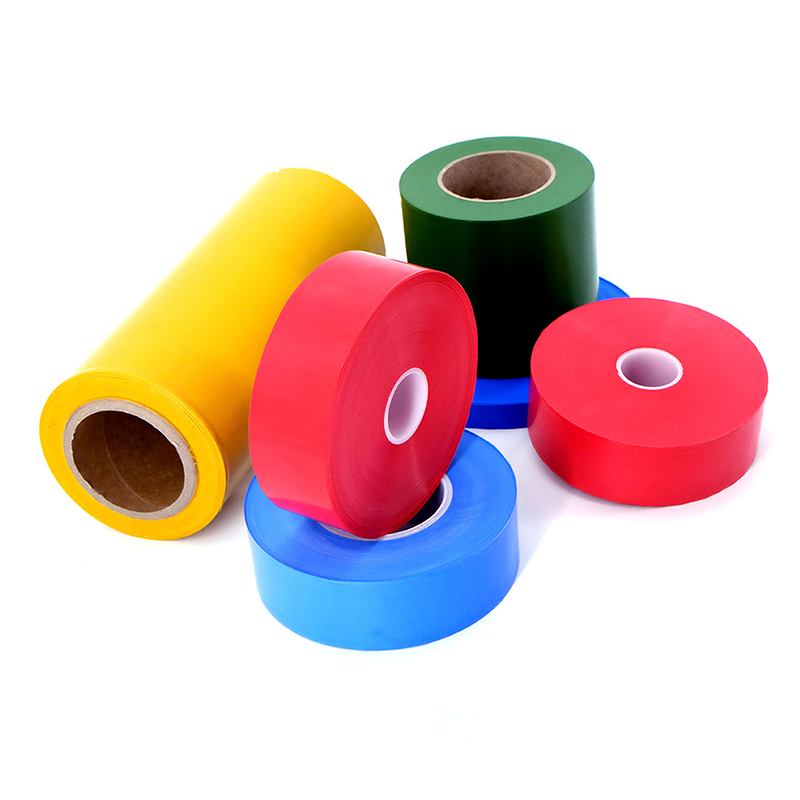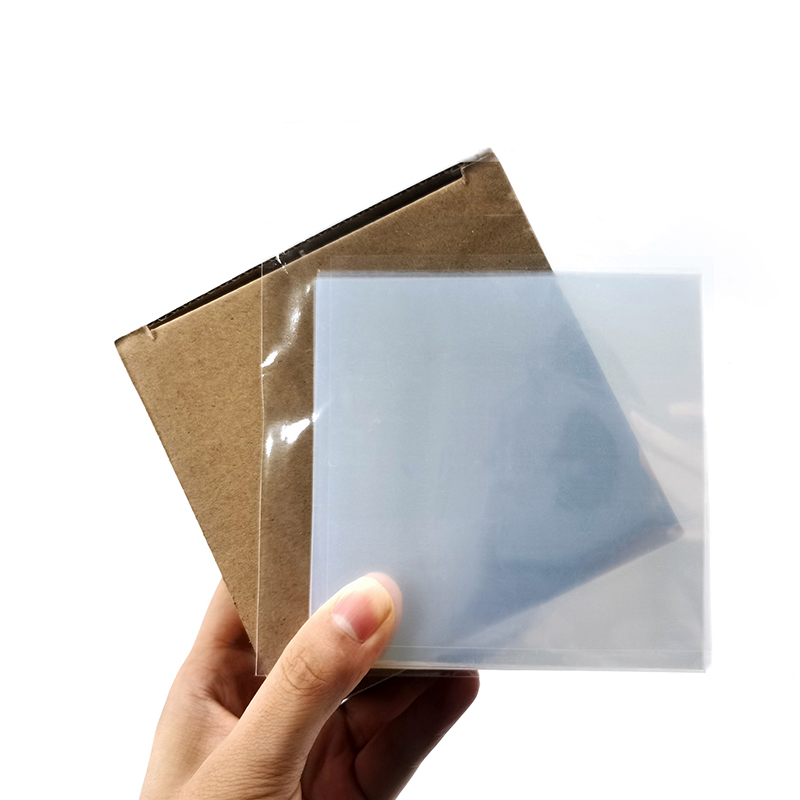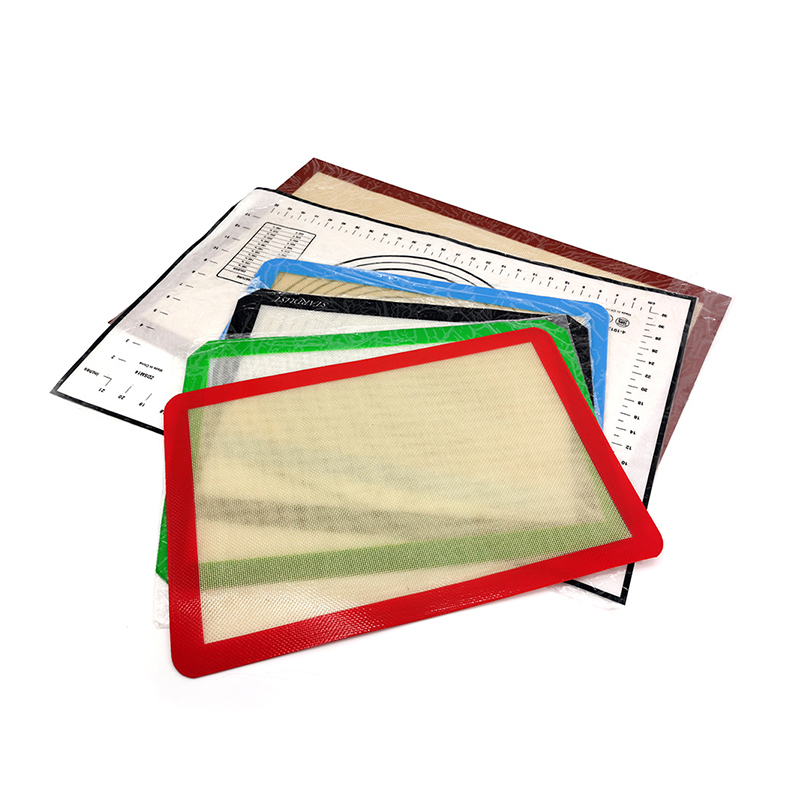Why can PTFE fabric maintain its structure at high temperatures?
I. Exceptional Thermal Stability Rooted in Molecular Integrity
1.1 High-Strength Molecular Bonds Enable Structural Resilience
At the heart of PTFE fabric’s performance is its robust polytetrafluoroethylene molecular structure. These tightly bonded fluorine-carbon chains provide exceptional resistance to thermal degradation, allowing the material to retain its form and mechanical integrity even under sustained exposure to extreme heat.
1.2 Withstanding Sudden and Sustained Temperature Fluctuations
Unlike traditional fibers, PTFE fabric maintains performance in both static high-temperature settings and dynamic environments where temperatures fluctuate. It resists thermal shock and avoids deformation, melting, or cracking, making it highly suitable for industrial environments with unpredictable heat exposure.
1.3 Superior Performance Over Natural and Synthetic Alternatives
Compared to commonly used natural and synthetic fibers, PTFE fabric exhibits far more consistent mechanical behavior under thermal stress. This includes resisting fatigue from repeated expansion and contraction cycles, which often cause wear or failure in lesser materials.
II. Sustained High-Temperature Operation Without Performance Loss
2.1 Continuous Operation at 300°C Without Structural Compromise
PTFE fabric can reliably operate at temperatures close to 300°C without exhibiting signs of deterioration. Its thermal resilience ensures that material properties like tensile strength, flexibility, and dimensional stability remain intact during long-term high-heat exposure.
2.2 Minimizing Replacement and Maintenance Through Longevity
Traditional high-temperature materials often suffer from thermal fatigue, leading to frequent replacements. PTFE fabric significantly extends operational cycles and reduces the frequency of material failure, making it a cost-effective solution for industries seeking uninterrupted high-temperature performance.
2.3 Protecting Equipment Efficiency and Reducing System Risk
In heat-intensive systems, material degradation can compromise both efficiency and safety. PTFE fabric, through its non-reactive and heat-resistant properties, ensures stable system performance and minimizes the likelihood of breakdowns or thermal hazards over time.
III. Reliable Anti-Aging Properties Ensure Long-Term System Safety
3.1 Combating Thermal Aging with Proven Structural Durability
Thermal environments accelerate material aging, but PTFE fabric defies this trend with strong anti-aging characteristics. It resists brittleness, cracking, and surface deterioration, maintaining core mechanical properties across extended exposure periods.
3.2 Preserving Surface Functionality Under Extreme Conditions
The fabric’s surface texture, flexibility, and chemical inertness remain stable under thermal stress. This reliability is critical in applications requiring consistent physical interaction or specific surface characteristics, such as industrial conveyor systems or heat shielding layers.
3.3 Thermal Stability as a Key Factor in System Safety Assurance
In high-temperature environments, material failure can lead to severe safety risks. PTFE fabric contributes to system-level stability by mitigating heat diffusion, reducing thermal stress concentration, and maintaining structural reinforcement across diverse industrial applications.



 English
English Español
Español русский
русский



